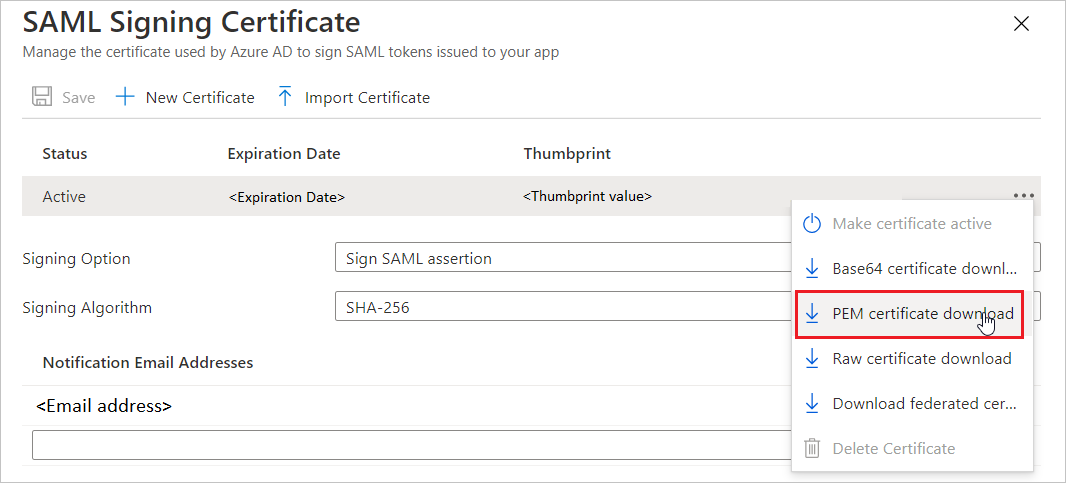Microsoft Entra SSO integration with Uber
In this article, you'll learn how to integrate Uber with Microsoft Entra ID. This app helps you automatically provision and de-provision users to Uber for business using the Microsoft Entra provisioning service. When you integrate Uber with Microsoft Entra ID, you can:
- Control in Microsoft Entra ID who has access to Uber.
- Enable your users to be automatically signed-in to Uber with their Microsoft Entra accounts.
- Manage your accounts in one central location.
You'll configure and test Microsoft Entra single sign-on for Uber in a test environment. Uber supports IDP initiated single sign-on and Automated user provisioning.
Prerequisites
To integrate Microsoft Entra ID with Uber, you need:
- A Microsoft Entra user account. If you don't already have one, you can Create an account for free.
- One of the following roles: Application Administrator, Cloud Application Administrator, or Application Owner.
- A Microsoft Entra subscription. If you don't have a subscription, you can get a free account.
- Uber single sign-on (SSO) enabled subscription.
Add application and assign a test user
Before you begin the process of configuring single sign-on, you need to add the Uber application from the Microsoft Entra gallery. You need a test user account to assign to the application and test the single sign-on configuration.
Add Uber from the Microsoft Entra gallery
Add Uber from the Microsoft Entra application gallery to configure single sign-on with Uber. For more information on how to add application from the gallery, see the Quickstart: Add application from the gallery.
Create and assign Microsoft Entra test user
Follow the guidelines in the create and assign a user account article to create a test user account called B.Simon.
Alternatively, you can also use the Enterprise App Configuration Wizard. In this wizard, you can add an application to your tenant, add users/groups to the app, and assign roles. The wizard also provides a link to the single sign-on configuration pane. Learn more about Microsoft 365 wizards..
Configure Microsoft Entra SSO
Complete the following steps to enable Microsoft Entra single sign-on.
Sign in to the Microsoft Entra admin center as at least a Cloud Application Administrator.
Browse to Identity > Applications > Enterprise applications > Uber > Single sign-on.
On the Select a single sign-on method page, select SAML.
On the Set up single sign-on with SAML page, select the pencil icon for Basic SAML Configuration to edit the settings.

On the Basic SAML Configuration section, the user does not have to perform any step as the app is already pre-integrated with Azure.
On the Set up single sign-on with SAML page, in the SAML Signing Certificate section, find Certificate (PEM) and select Download to download the certificate and save it on your computer.

On the Set up Uber section, copy the appropriate URL(s) based on your requirement.

Configure Uber SSO
To configure single sign-on on Uber side, you need to send the downloaded Certificate (PEM) and appropriate copied URLs from the application configuration to Uber support team. They set this setting to have the SAML SSO connection set properly on both sides.
Create Uber test user
In this section, you create a user called Britta Simon in Uber. Work with Uber support team or your Uber POC to add the users in the Uber platform. Users must be created and activated before you use single sign-on. Uber also supports automatic user provisioning, you can find more details here on how to configure automatic user provisioning.
Test SSO
In this section, you test your Microsoft Entra single sign-on configuration with following options.
Click on Test this application, and you should be automatically signed in to the Uber for which you set up the SSO.
You can use Microsoft My Apps. When you click the Uber tile in the My Apps, you should be automatically signed in to the Uber for which you set up the SSO. For more information, see Microsoft Entra My Apps.
Additional resources
Next steps
Once you configure Uber you can enforce session control, which protects exfiltration and infiltration of your organization’s sensitive data in real time. Session control extends from Conditional Access. Learn how to enforce session control with Microsoft Cloud App Security.
Feedback
Coming soon: Throughout 2024 we will be phasing out GitHub Issues as the feedback mechanism for content and replacing it with a new feedback system. For more information see: https://aka.ms/ContentUserFeedback.
Submit and view feedback for